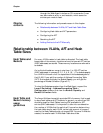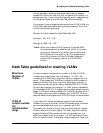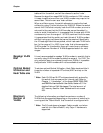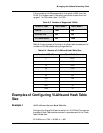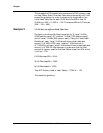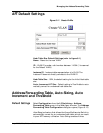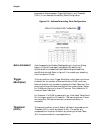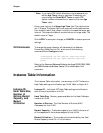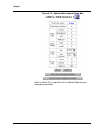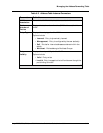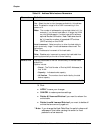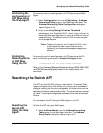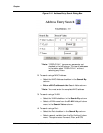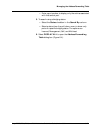
6-10 Avaya P550R, P580, P880, and P882 Multiservice Switch User Guide, Version v5.3.1
Chapter
* Note: If you have ATM Uplink Modules in the chassis and you
set the Age Timer value to less than 30 seconds, you
must change the Flush MAC Timer on each ATM
Uplink module to be less than or equal to the new Age
Timer value.
Enter a new value in the Super Age Time field. The valid entries
are 1-30 days. The Super Age Timer marks all invalid table entries,
then checks to see if they remain invalid for the specified super age
interval. This clears the table of entries that are no longer used. The
default value is 7 days.
Click APPLY to save your changes, or CANCEL to restore previous
settings.
CLI Commands To change the aging values for all instances of the Address
Forwarding Table from the CLI, enter one of the following
commands from Configure mode:
<configure># set aft agetime <age-time-value>
<configure># set aft super-agetime <age-time-
value>
Refer to the Command Reference Guide for the Avaya P550R, P580, P880,
and P882 Multiservice Switches, Version 5.3 for details about this
command.
Instance Table Information
The Instance Table Information, is a summary of a AFT instance or
Hash Table settings and utilization per VLAN. Refer to Figure 6-2.
Instance ID,
Hash Table Size,
Number of
Entries, Bucket
Capacity, and
Bucket
Utilization
Instance ID - Individual AFT Hash Table settings and utilization,
each ID would correlate to a VLAN.
Hash Table Size - Memory space available for the Hash Table per
Instance or VLAN
Number of Entries = The Total Number of Entries (MAC
Addresses) for that VLAN
Bucket Capacity = The bucket capacity for a VLAN is the sum of
all the capacities of the buckets assigned to that VLAN.
Bucket Utilization = The number of entries divided by the Total
Bucket Capacity times 100 =% of utilization.



